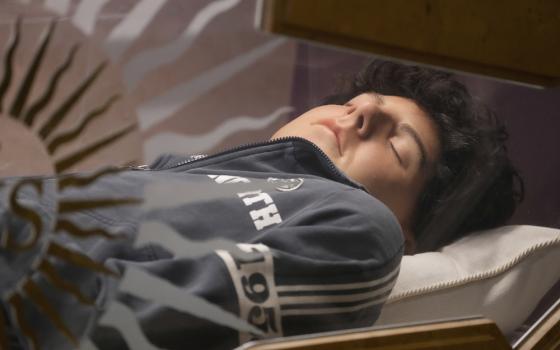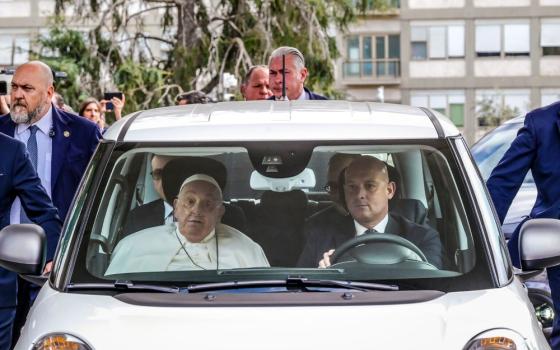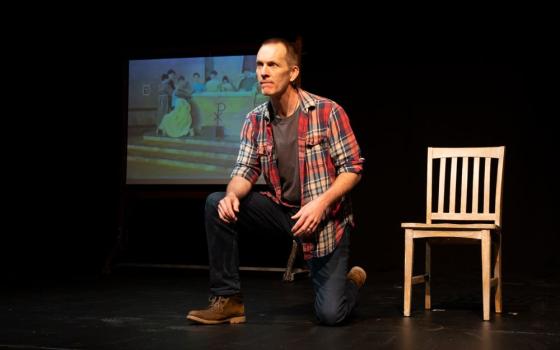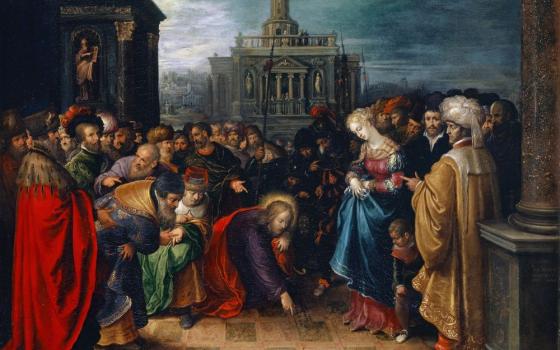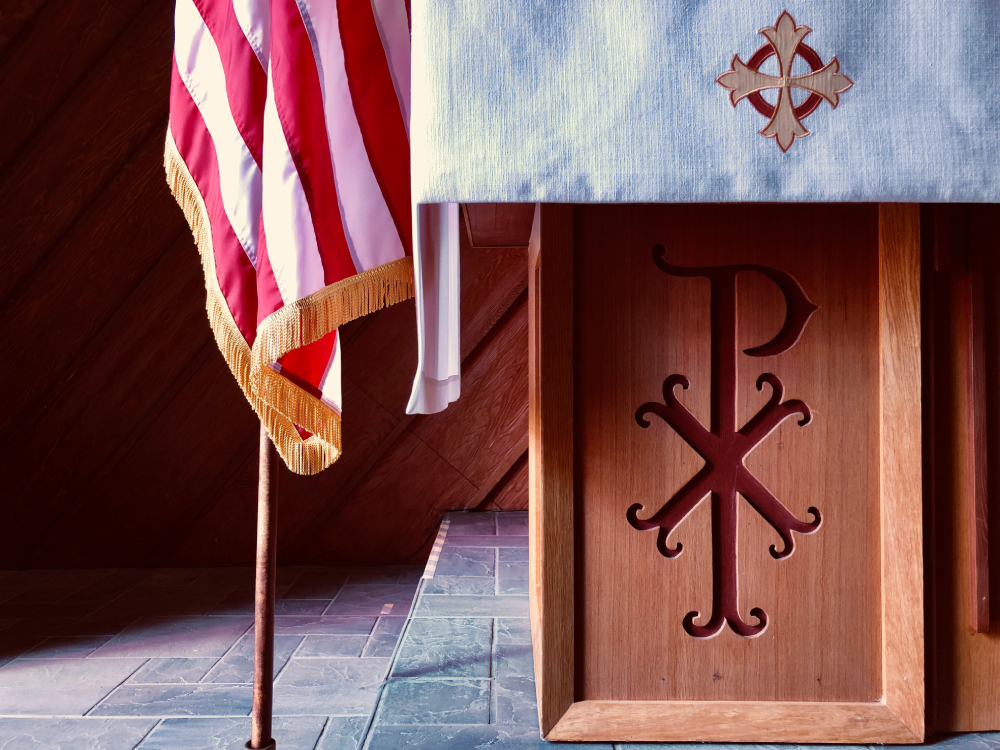
(Unsplash/Josh Eckstein)
As an immigrant temporary professed Trinitarian friar in Maryland, I think often about the historical complexity of the Catholic Church in the United States; specifically, I'm curious about how the tangled legacy of faith, race and migration continue to challenge the ideals that Americans hold dear.
To truly understand the origins of American Catholicism, we must look to the earliest encounters between Europeans and Indigenous peoples in the so-called "New World." The dramatic arrival of Christopher Columbus in 1492 initiated waves of exploration, conquest and colonization that reshaped the Americas politically, culturally and religiously. Although hailed by many Europeans at the time as a heroic discoverer, Columbus' arrival heralded the beginning of a centuries-long process of dispossession, forced labor, cultural upheaval and demographic catastrophe for countless Native American communities.
This pattern of colonization, which began in the Caribbean and Mexico and spread northward, set the context for the future United States. From the Spanish missions in Florida and the Southwest to the French Jesuit missions among the Huron, Iroquois and other nations in Canada and along the Great Lakes, Catholic evangelization often arrived on the heels of imperial expansion. Thus, the seeds of Catholicism in the future American territory were planted in a landscape already scarred by conquest and shaped by complex interactions between Indigenous nations and European powers.
Advertisement
Similarly, the early missionary efforts of French Jesuits like St. Isaac Jogues and his companions in the 17th century highlight another dimension of these encounters. The Jesuits labored among Native peoples, seeking to share the Gospel but also struggling to understand unfamiliar cultures and belief systems. Tragically, their encounters were often marred by mutual mistrust and violence, including martyrdom. Their legacy compels me to view evangelization not as a one-way imposition of beliefs, but as a dialogical encounter (an ideal far too rarely met). We can and must see history with both reverence and humility; recognizing the faith that flourished but also the wounds that call for healing.
The story of American Catholicism cannot be disentangled from migration. The waves of immigrants — Irish, German, Italian, Polish and many more — transformed Catholic life in the United States into a mosaic of languages, traditions and customs. As an immigrant myself, I know the subtle tensions of arriving in a land that claims liberty and opportunity but can greet newcomers with suspicion and hostility. Historically, Catholic immigrants faced nativist backlash, xenophobia and anti-Catholic prejudice. Such discrimination forced Catholics to question their place in a nation that professed equality even as it derided their faith and foreign origins.
Racial discrimination also shaped American Catholicism. Black Catholics, Indigenous Catholics and other Catholics of color often found themselves marginalized within the very church that preached unity in Christ. Figures like Fr. Augustine Derricks, Order of the Most Holy Trinity, Trinitarians, who navigated a predominantly white Catholic institution, remind us that the church in America often mirrored the racial injustices of the wider society. These stories still resonate today.
As I reflect within the quiet of the monastery, I am challenged to reconcile the Christian message of radical inclusivity with the church's historical complicities and failures. True evangelization, I have come to believe, must involve active efforts to dismantle structures of injustice and acknowledge the full dignity of every member of Christ's body.
The United States, a nation shaped by migration, continues to wrestle with who belongs and who does not. For the Catholic Church, which has historically championed the dignity of migrants, this moment presents both a crisis and an opportunity.
These historical struggles feel particularly relevant today. The question of immigration remains at the heart of American political discourse, with policies shifting dramatically under different administrations. While past generations of Catholic immigrants encountered discrimination, today's migrants — many of whom are Catholic — face new challenges: Family separations at the border, restrictive asylum policies, the uncertainty of legal status and persistent racial discrimination, to name a few. Migrants of color, in particular, often experience systemic barriers, xenophobic rhetoric and unequal treatment under immigration enforcement. The United States, a nation shaped by migration, continues to wrestle with who belongs and who does not.
For the Catholic Church, which has historically championed the dignity of migrants, this moment presents both a crisis and an opportunity. Pope Francis has repeatedly emphasized the Christian duty to welcome the stranger, yet American Catholics remain divided on how to respond to contemporary immigration debates. The challenge for the church today is to embody a faith that truly reflects Christ's call to love the marginalized and the displaced.
The history of Catholicism in America is neither a straightforward success story nor an unrelenting tragedy. It is a tapestry woven of many threads: the brutal legacy of European colonization and Indigenous resistance; the fervent missionary zeal that led to both martyrdom and misunderstanding; the waves of immigrants who enriched the church's ethnic and cultural complexion; and the painful episodes of nativism and racism within and outside Catholic circles. Each of these elements painted the Catholic identity in the United States.
As I prepare to embark on full-time missionary work, I carry these lessons with me. My mission is to inspire in those I serve — and, by extension, their communities — a vision of Catholic life that transcends boundaries of race, culture and nationality. This vision does not ignore the church's troubled past, but seeks to learn and grow from it. I aim to show by example that Catholic identity is firmly rooted in the innate dignity of each human person, created in the image and likeness of God.
With a keen awareness of where the church has faltered and a deep reverence for its moments of true holiness, we can move forward together. May our missionary witness and shared journey help shape a global Catholic Church that better embodies the unity amidst diversity it is called to model.

